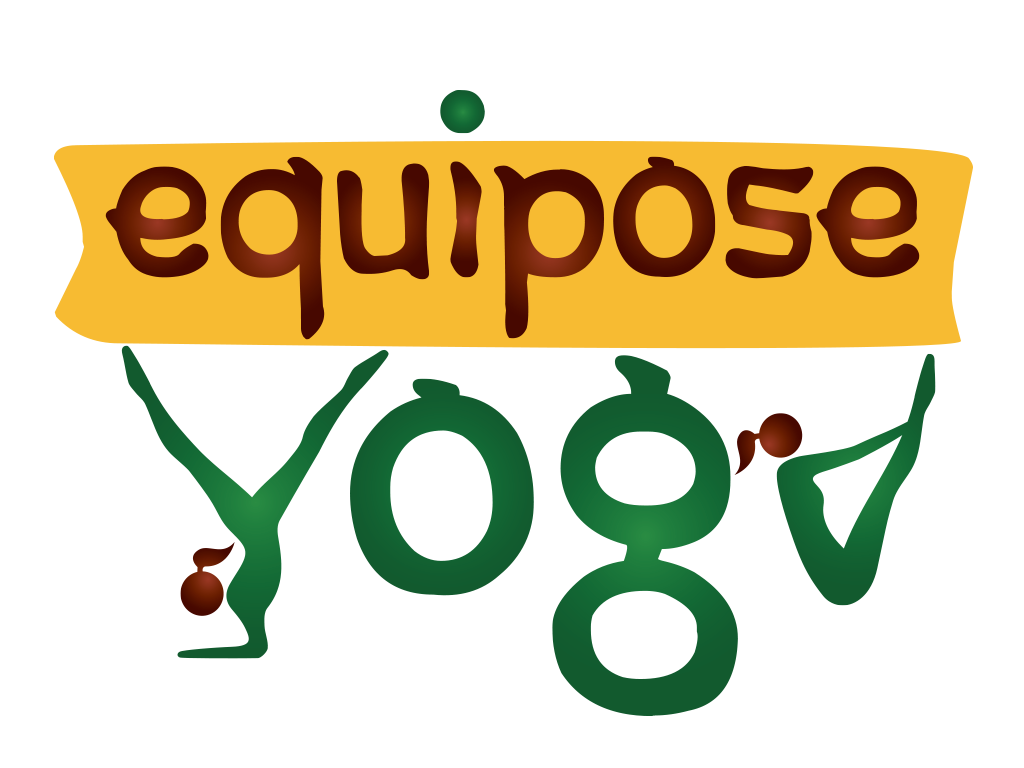“We Only Breathe Enough Not To Die.” EeeK!
Have you thought about your breathing lately? Probably not because we count on our autonomic nervous system to take care of that for us, but conscious breathing might be the single most important thing you do for your health. And, it’s free.
You can check to see if you are breathing backwards by placing your hands lightly on your belly and inhaling. If your belly sucked in and the breath went up in your shoulders somewhere, you need some help.
When I was teaching in high school, I would ask my students to take this little test also; it was rare that anyone inflated his or her belly on the inhale. Everybody sucked in, maybe because our culture expects a flat belly at all times, or maybe someone instructed them to “suck in.” Pulling the belly in on an inhale is backwards breathing and is really depriving the organs and cells of the body of energy.
Try visualizing an accordion which requires force to press its folds together to create a vacuum (no air); that’s what should be happening on your exhale; empty before you fill up! When the accordion is released, it opens on its own, just like your body will. Relax after an accented exhale, and the inhale happens on its own.
A shallow exhale further deprives the internal organs, stomach, spleen, liver, pancreas, and ascending and descending colons among others, of needed compression or stress which strengthens them by forcing toxins out and by contracting them.
It may also be helpful to visualize the diaphragm as a piston in a car; they both function in a similar way. The diaphragm is a large skeletal muscle which must drop down into the plexus, which is in front of the spine and behind the stomach, on an inhale to allow lots of air into the lungs. On the exhale, the belly needs to pull into the spine to create an airless cavity which forces the diaphragm back up into the chest, just like the piston moves fuel into the car’s parts.
The solar or epigastric plexus supplies all the organs in the abdomen with “nerve” energy; according to yogic tradition, this center is the great storehouse of prana or “life force” (Birch, Power Yoga). This abdominal brain is appropriately called the solar plexus because it radiates strength and energy and is the area of emotional storage. For instance, shallow breathing is often a result of worry and stress; a knotted up gut, blocked by anxiety, diminishes energy to the abdomen and the whole body.
Breath is the ‘life current,” an actual current which runs through the nadis or nerve endings revitalizing every organ and cell. It is also the bridge from body to mind, making possible one-ness of body/mind and the possibility of peace and calm. So, be very intentional every chance you get to exhale fully pulling the belly into the spine; then relax and the inhale will take care of itself. Take this intention into your yoga practice, and you will experience new energy, enjoyment and equanimity.
Want to learn more? Read: Birch, Beryl Binder. Power Yoga. N.Y.: Fireside, 1995.

